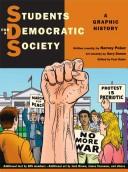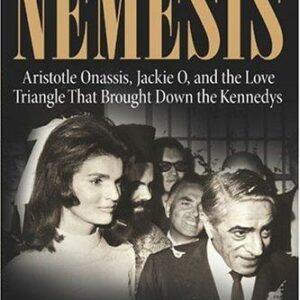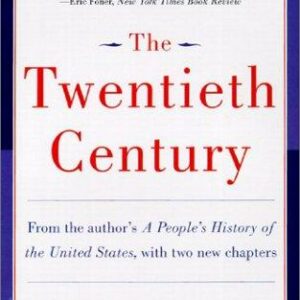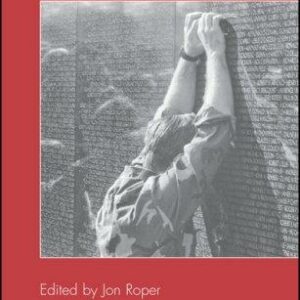NURSING AND THE PRIVILEGE OF PRESCRIPTION
$14.95
| Title | Range | Discount |
|---|---|---|
| Trade Discount | 5 + | 25% |
- Description
- Additional information
Description
The book is built around a series of case studies representing diverse geographic areas of the United States during different decades. The major thesis of Nursing and the Privilege of Prescription, 1893–2000 is that the amount of freedom nurses have had with regard to medications has been dependent on the particular setting in which they practiced, on individual practice negotiations between physicians and nurses at the grassroots level, and on the level of trust that developed between them. Even before they had legal prescriptive authority, nurses safely and effectively administered drugs at various times and places throughout the century. Providing care in underserved areas of the country—in urban slums, in the remote hollows of Appalachia, and on Indian reservations—nurses offered access to care for many who would otherwise have been denied it.
The struggle between organized medicine and nursing over where, to whom, and in what circumstances a practitioner is licensed to dispense, furnish, or prescribe drugs is the central tension of the book. What is clear throughout this history is that the “elusive and fine line” between medicine and nursing is fluid, especially in times and places where nurses are particularly needed. Nursing and the Privilege of Prescription, 1893–2000 provides historical data that could inform health policy today.
Additional information
| Dimensions | 1 × 1 × 1 in |
|---|











